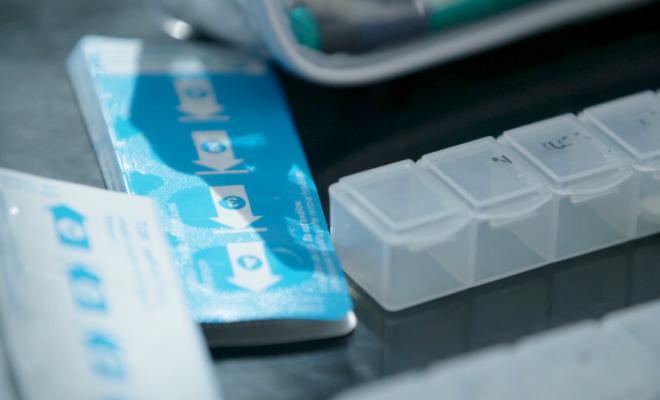Overview of Airway Clearance Techniques (ACTs)
See how different airway clearance techniques work to help you clear the thick, sticky mucus from your lungs.
Learn more about these techniques:
- Coughing and huffing: Huff coughing is the most basic ACT. It involves taking a breath in, holding it for two or three seconds, and actively exhaling.
- Chest physical therapy (CPT or chest PT): This involves getting in different positions that help drain mucus from different lung parts. This may be combined with chest percussion (clapping), vibration, deep breathing, and huffing or coughing.
- High-frequency chest wall oscillation (the vest): The vest vibrates the chest to help loosen and thin mucus.
- Positive expiratory pressure (PEP) and oscillating PEP: PEP devices are masks or mouthpieces that let you breathe in normally and breathe out harder against resistance. Oscillating PEP devices also create vibrations when you breathe out.
- Active cycle of breathing technique (ACBT): This combines breathing control, chest expansion exercises, and huffing or huff coughing.
- Autogenic drainage (AD): This means "self-drainage." It uses different speeds of breathing to move mucus from small to large airways.
Choose What's Best for You
Your respiratory therapist or another member of your CF care team can show you how to perform many different ACTs and recommend specific ACTs for you to try. However, the best ACT is the one that you are most likely to perform as part of your daily treatment plan.
Related Treatments
ACTs are often used with other treatments, including inhaled bronchodilators, mucus thinners, and antibiotics:
- Bronchodilators should be inhaled before you start ACTs. These medications help to widen your airways (bronchi) by relaxing the muscles lining your airway walls.
- Mucus thinners (such as mucolytics) help thin and then move the mucus out of the airways so it can be coughed out. These medications can be taken through a nebulizer during ACTs.
- Inhaled antibiotics should be taken after ACTs are finished and the lungs are as clear of mucus as possible. This will allow the medication to reach deeply into the smaller airways to attack bacteria.
Airway Clearance for Infants and Children
To learn about how you can help your infant or child manage their lung health, watch parents of children with CF and a respiratory therapist talk about the different techniques they use for airway clearance.
